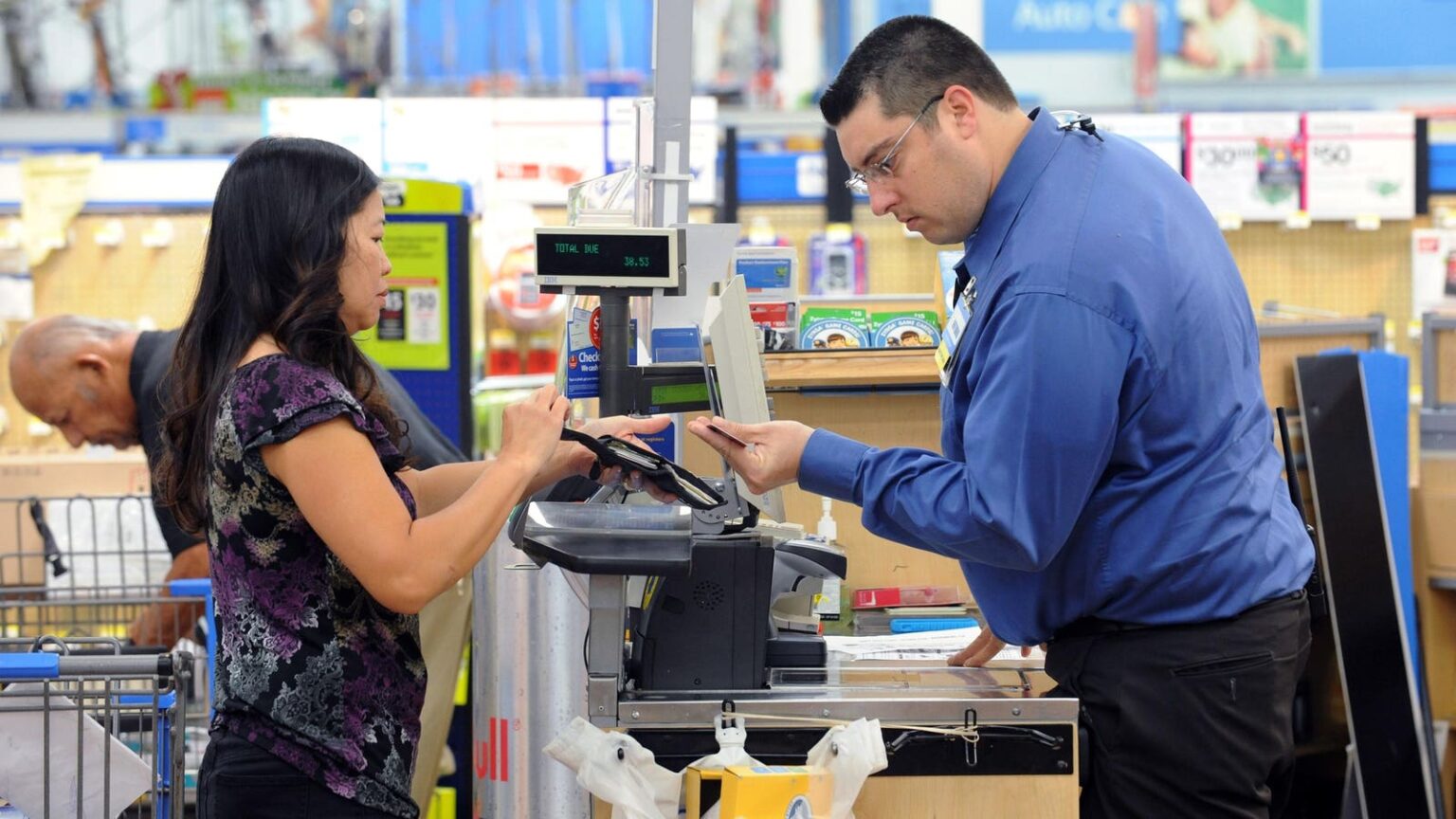When I wrote here about Apple opening up the contactless interface and secure processor in the iPhone, I said that it would open up opportunities in the digital wallet space, because digital wallets are about more than payments. While big tech is leading the charge on wallets now, an open ecosystem means that retailers can build their own to create a secure and personal channel to customers. This strikes me as an opportunity for fintechs to open up new markets.
Apple Is Driving Wallet Innovation
Apple is already generating serious revenue from its payment services (some $24 billion in Q2 payments revenue, up 14% year on year) and with the opening up of the near-field communication (NFC) contactless interface I imagine that third-paty developers will develop a much wider range of payment possibilities for iPhone users with everything from stablecoins to account-to-account tap-and-pay going into the mass market.
I am far from being the only person who sees the opening up of the iPhone NFC ecosystem as significant. I note, for example, that no.1 in Juniper’s list of the top ten fintech and payment trends for 2025 is “Apple NFC to boost competition in digital wallets”. They predict a race for innovation within the digital wallets market, encompassing an expansion of capabilities in existing wallets (PayPal has already said that it intends to take advantage of this development to offer in-store NFC payments), the disassociation of wallets and devices (adapting Googe Pay, for example, to run on iOS) and the development of new wallets by fintech players looking to grow their niche (they use the example of Curve).
It is not only fintech and payments players who will exploit the new platform though. Boston Consulting Group (BCG), in their white paper on “Apple in Payments”, highlight the potential for merchants to develop and evolve their own wallets, saying that they expect many merchants to add NFC functionality to their proprietary apps. Their thinking, with which I concur, is that most merchants have enabled contactless payments but hesitated to integrate payments into their own apps. This is because, thanks to Apple, they could not use the contactless interface for payments and so were faced with the need need to invest in new acceptance infrastructure such as QR codes at point of sale.
Now, however, that barrier is removed and as BCG point out, the ability to drive loyalty through in-app seamless checkout experiences will be attractive to many merchants because of the combination of increased consumer engagement and operational efficiencies (for example, faster checkouts). This in turn means that the ability to use the retailer app as a wallet storing coupons, rewards, passes, gifts and so on will transform the retail experience for both the consumers and the merchants.
This means a very attractive consumer experience. When you walk into a shop, the retailer’s wallet can open up and display your coupons and special offers. While you are shopping the wallet can apply your coupons and highlight relevant deals. When you walk out of a shop, the wallet can ask you to confirm payment in points or Pounds, file your receipt and see you on your way.
What’s more, with the addition of some pretty basic AI, the wallet can make smart choices on your behalf about whether to use coupons or points, which payment mechanism is best and what kinds of rewards make sense. This is an area where fintechs are already active: Kudos raised $10m earlier this year to add AI to their consumer assistant that can recommend or automatically select the best credit card maximize consumers’ rewards and cash back.)
In a survey of merchants conducted by payabl at the Merchant Risk Council (MRC) in Amsterdam in October 2024, four-fifths said that they anticipate a surge in digital wallet usage (and a two-third point expect open banking and instant payments to gain popularity as well). I am sure they are right to be bullish on these complementary technologies that will be at the heart of the future of retail payments, but I think that they should look at strategies to exploit the technologies themselves. When it comes down to it, I strongly agree with PWC’s view that creating a digital wallet, as a retailer, opens an opportunity to build loyalty, add value to the customer, and collect valuable data directly from consumers.
The Digital Wallet As Nexus
The wallet as retailer-consumer nexus, as a mechanism for increasing security and privacy, will undoubtedly have implications for payments and identity. Indeed, with the increasing adoption of digital identity solutions such as the Mobile Drivers’ License (mDL) and progress on citizen-scale digital identity projects in Europe (where the EU Digital Identity Wallet is under development), I think it is already clear that the impact will be significant. With the levels of interest and investment across the industry high it seems to me that strategists need to start considering how to adapt to and exploit this new channel.
Read the full article here

